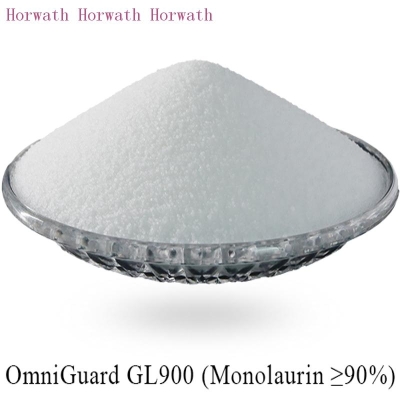FNP reduced the estimated soybean meal production in 2002 / 03 to 1840
-
Last Update: 2002-05-31
-
Source: Internet
-
Author: User
Search more information of high quality chemicals, good prices and reliable suppliers, visit
www.echemi.com
Introduction: osterdowjones, Sao Paulo, May 28: FNP, Brazil's local agricultural consulting agency, estimated on Tuesday that soybean production in 2001 / 02 (October to September) is expected to be 40.8 million tons, 7.7% higher than the previous year's output of 37.9 million tons, but lower than the previous FNP estimate FNP's figures are now lower than those of the vast majority of local private forecasters, most of whom forecast production between 41.3 million tons and 42.3 million tons The official figure for the Brazilian government is 41.5 million tons, though the government may revise the production figures as new research institutions announce on Tuesday night FNP's forecast is 800000 tonnes lower than that reported in March, citing a decline in production due to weather According to the report, the central and western regions, especially Mato Grosso, the largest soybean production area, suffered from insufficient sunshine during the flowering and filling periods With the completion of 99% of soybean harvest in 2001 / 02, it is now clear that this factor led to the reduction of per unit yield Mato Grosso's soybean production accounts for a quarter of the national total, with an average yield of 3.03 tons per hectare, which is lower than the historical average of 3.12 tons per hectare In northeastern Brazil, dry weather has also led to lower yields In Piaui state, a small but fast-growing soybean production area, 60% of the yield is lost In addition, South Rio Grande and Santa Catalina in the South suffered production losses during the period from December to January due to the long dry weather Due to the decrease in soybean supply, FNP lowered its soybean export forecast for 2002 / 03 (February to January of the next year) to 17 million tons, lower than the previous estimate of 17.2 million tons, but higher than the previous year's 15.7 million tons Brazil's soybean meal production forecast for 2002 / 03 was also lowered by 100000 tons to 18.4 million tons, but this year's demand was higher than expected Soybean meal demand has increased as poultry and pork producers have shifted from corn to soybean meal in terms of feed demand The reason for reducing corn consumption is that corn prices have soared In 2002 / 03, soybean crushing was also reduced to 22.75 million tons, but increased by 4.6% over the previous year In 2002 / 03, the end of period soybean inventory is expected to decrease to 194000 tons, 60% lower than 483000 tons of the previous year Brazil, as the world's second largest producer and exporter of soybean products, earned US $5 billion from the export of soybean products last year.
This article is an English version of an article which is originally in the Chinese language on echemi.com and is provided for information purposes only.
This website makes no representation or warranty of any kind, either expressed or implied, as to the accuracy, completeness ownership or reliability of
the article or any translations thereof. If you have any concerns or complaints relating to the article, please send an email, providing a detailed
description of the concern or complaint, to
service@echemi.com. A staff member will contact you within 5 working days. Once verified, infringing content
will be removed immediately.







